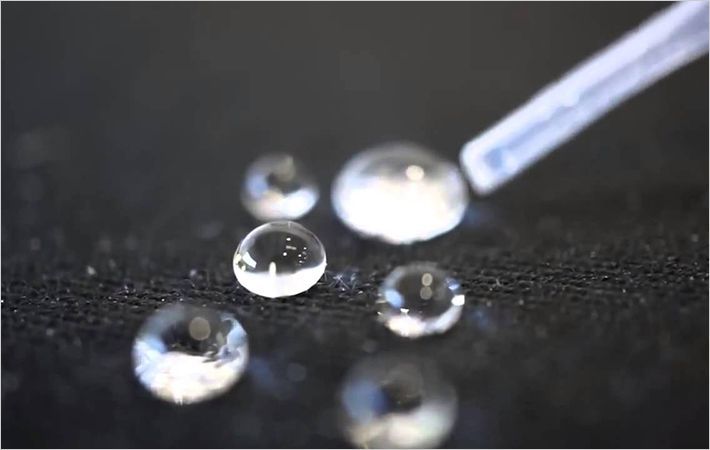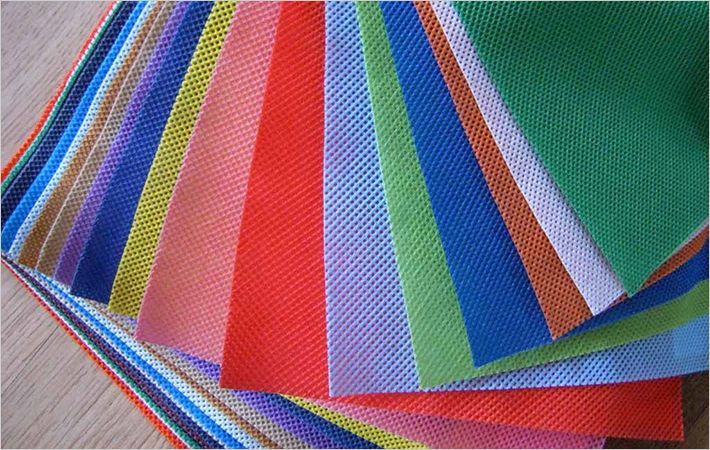A new spin on an old technology will give scientists and manufacturers the ability to significantly increase their production of nanofibers, according to researchers at North Carolina State University.
Collections of nanofibers, because they are porous and lightweight, are useful in applications ranging from water filtration to tissue regeneration to energy storage. But although nanofibers are relatively inexpensive to produce, the current method of production – needle electrospinning – is time-intensive.A new spin on an old technology will give scientists and manufacturers the ability to significantly increase their production of nanofibers, according to researchers at North Carolina State #
In electrospinning, a liquid-polymer solution is passed through a hypodermic needle held at high voltage. The needle transfers electric charge, which transforms the solution into a jet of charged liquid that “spins” into a nanofiber as it exits the needle. Unfortunately, this method of production does not lend itself to large-scale manufacturing processes.
NC State physicists Laura Clarke and Jason Bochinski, textile engineer Russell Gorga and graduate student Nagarajan Thoppey found a particularly simple technique that scales up nanofiber production and provides a close connection to the needle electrospinning method. In a study recently published in the journal Nanotechnology, they demonstrated “bowl electrospinning.” In place of a hypodermic needle, the researchers filled a bowl with the polymer fluid and applied a short burst of very high voltage to the liquid's surface, which caused multiple jets to form and “spin” nanofibers onto a collector placed around the outside of the bowl.
According to Bochinski, the experiment gave them a 40-fold increase in nanofiber production, and demonstrated the potential for further increases. It also led to one question that they hope to answer in the near future:
“One of our next steps will be studying the limitations of the bowl apparatus we used – for instance, why was the increase only 40-fold and not 40,000-fold – and how that relates to the geometry of the arrangement and the fluid's properties,” Bochinski says.
The work was funded by the National Science Foundation and NC State's Faculty Research and Professional Development Fund. The Department of Physics is part of NC State's College of Physical and Mathematical Sciences. The Department of Textile Engineering, Chemistry and Science is part of NC State's College of Textiles.
North Carolina State University

